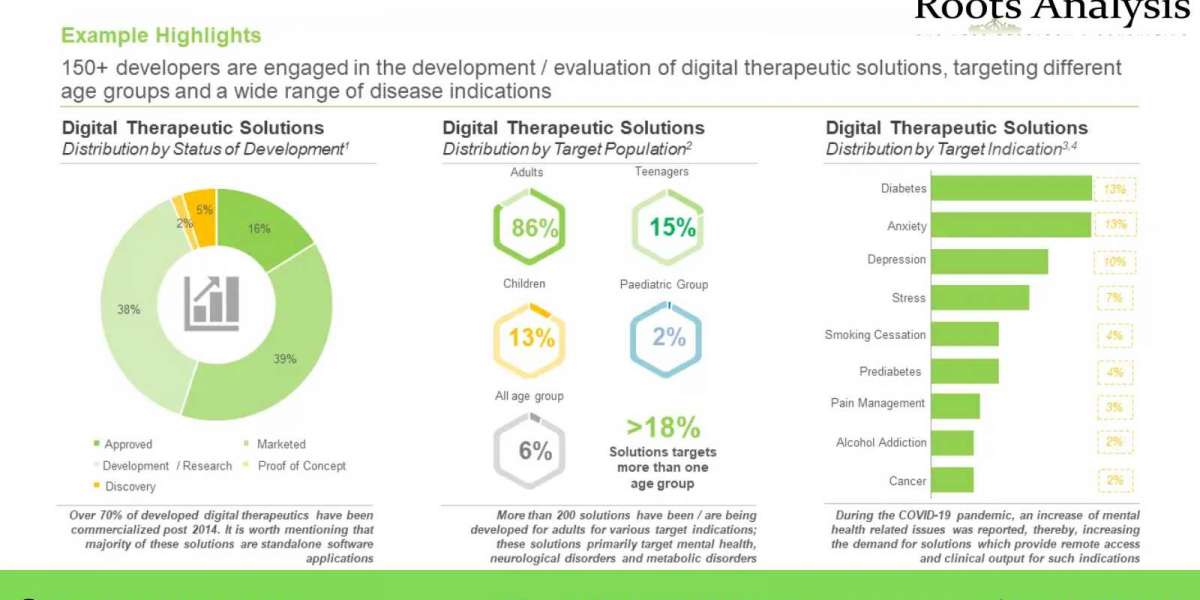In an era dominated by digital innovation and interconnected financial ecosystems, the importance of cybersecurity for financial institutions has become more critical than ever. As financial transactions increasingly transition into the digital realm, the need to fortify against cyber threats is paramount. This article explores the complex landscape of cybersecurity in the financial sector, delving into the challenges, strategies, and cutting-edge technologies employed to protect the financial infrastructure.
The Digital Frontier:
Financial institutions are at the forefront of the digital revolution, leveraging technology to enhance customer experiences, streamline operations, and facilitate global transactions. However, this digital transformation comes with a downside – an ever-expanding attack surface for cybercriminals. From sophisticated hacking techniques to ransomware attacks, financial institutions find themselves in a perpetual battle to safeguard sensitive data and financial assets.
Key Challenges:
Sophisticated Cyber Threats:
Financial institutions are prime targets for cybercriminals due to the potential windfall associated with breaching their defenses. Advanced Persistent Threats (APTs), ransomware, and zero-day vulnerabilities are just a few of the sophisticated techniques employed to exploit weaknesses in financial systems.
Regulatory Compliance:
Financial institutions operate in a heavily regulated environment. Compliance with stringent data protection laws and industry-specific regulations (such as PCI DSS for payment card data) adds an extra layer of complexity to cybersecurity efforts.
Insider Threats:
Malicious actors from within the organization pose a significant risk. Employees with access to sensitive information can unintentionally or intentionally compromise security, making insider threat mitigation a top priority.
Strategies for Cyber Resilience:
Multi-Layered Defense:
Financial institutions deploy a multi-faceted security approach, incorporating firewalls, intrusion detection/prevention systems, antivirus software, and secure network protocols to create layers of defense against different types of cyber threats.
Encryption and Tokenization:
To protect sensitive data during transmission and storage, robust encryption mechanisms are employed. Tokenization, which replaces sensitive data with unique tokens, further minimizes the risk of unauthorized access.
User Authentication and Access Controls:
Implementing strong user authentication mechanisms, including multi-factor authentication (MFA), helps ensure that only authorized individuals access critical systems. Granular access controls limit privileges, reducing the impact of potential breaches.
Incident Response Planning:
Rapid response to cyber incidents is crucial. Financial institutions develop comprehensive incident response plans to minimize damage, contain threats, and recover operations swiftly. Regular testing and simulation exercises ensure preparedness.
Emerging Technologies:
Artificial Intelligence (AI) and Machine Learning (ML):
Artificial Intelligence (AI) and Machine Learning (ML) are harnessed to detect patterns and anomalies in vast datasets, enabling proactive identification of potential threats. These technologies enhance fraud detection, risk assessment, and security monitoring.
Blockchain Technology:
Blockchain's decentralized and tamper-resistant nature makes it an attractive option for securing financial transactions. Smart contracts and distributed ledger technology add an extra layer of transparency and integrity to financial operations.
Biometric Authentication:
The use of biometric data, such as fingerprints or facial recognition, enhances user authentication. This technology offers a higher level of security compared to traditional password-based systems.
As financial institutions continue to evolve in the digital age, the importance of cybersecurity cannot be overstated. The battle against cyber threats requires a dynamic and adaptive approach, combining advanced technologies, robust policies, and a vigilant workforce. By staying ahead of the curve, financial institutions can fortify their digital fortresses and maintain the trust and security of their clients in an ever-changing landscape of cyber threats.








